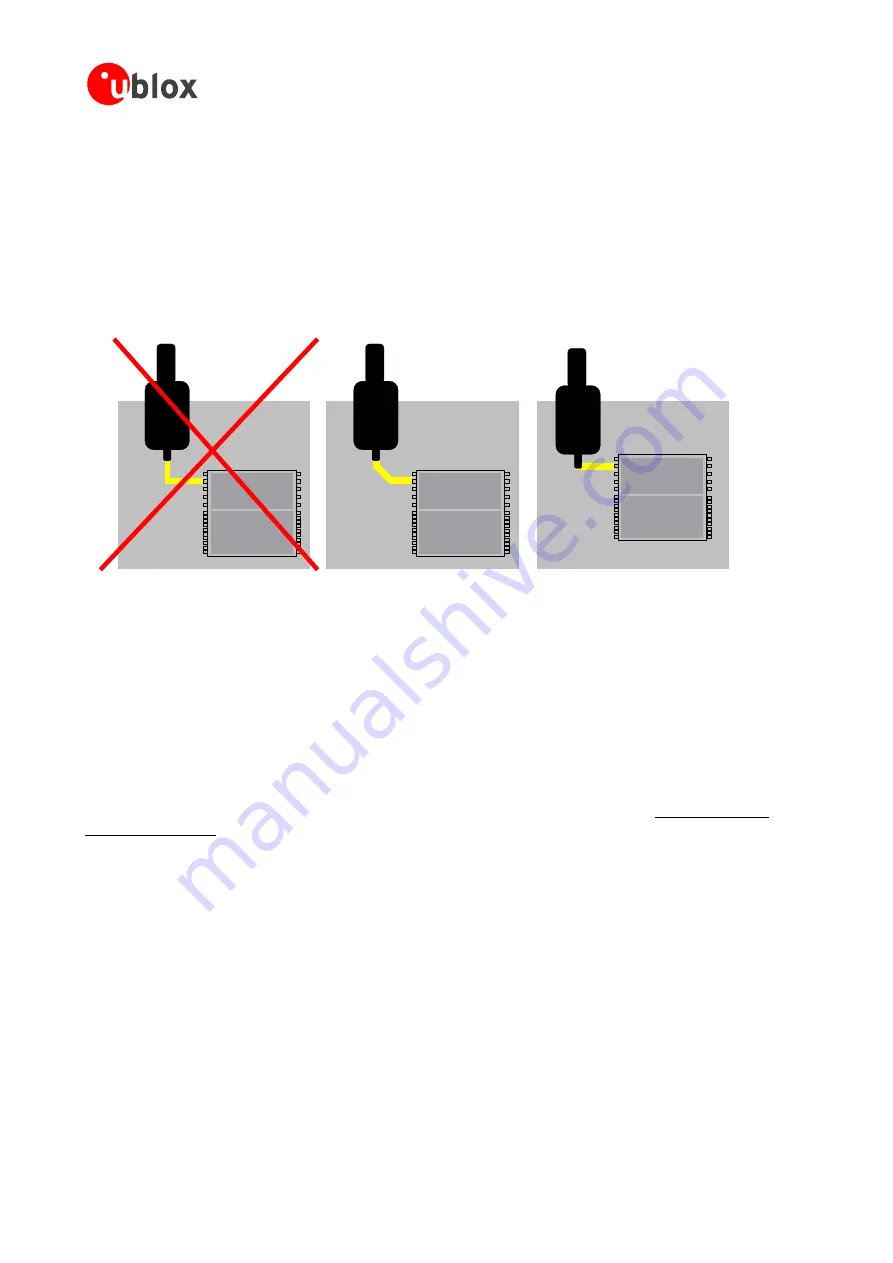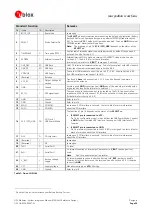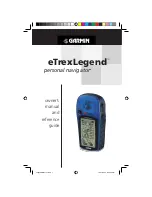
your position is our focus
General
design
recommendations:
•
The
length
of
the
micro
strip
line
should
be
kept
as
short
as
possible.
Lengths
over
2.5
cm
(1
inch)
should
be
avoided
on
standard
PCB
material
and
additional
shielding.
without
•
Distance
between
micro
strip
line
and
ground
area
on
the
top
layer
should
at
least
be
as
large
as
the
dielectric
thickness.
•
Routing
the
RF
connection
close
to
digital
sections
of
the
design
should
be
avoided.
•
To
reduce
signal
reflections,
sharp
angles
in
the
routing
of
the
micro
strip
line
should
be
avoided.
Chamfers
or
fillets
are
preferred
for
rectangular
routing;
45-degree
routing
is
preferred
over
Manhattan
style
90-degree
routing.
Ant
e
nna
16
17
18
19
20
21
22
23
24
25
26
27
28
29
15
14
12
11
10
9
8
7
6
5
4
3
2
1
13
Ant
e
nna
16
17
30
18
19
20
21
22
23
24
25
26
27
28
29
15
14
12
11
10
9
8
7
6
5
4
3
2
1
13
An
te
nna
16
17
18
19
20
21
22
23
24
25
26
27
28
29
15
14
12
11
10
9
8
7
6
5
4
3
2
1
13
30
PCB
30
PCB
PCB
Wrong
better
best
•
Routing
of
the
RF-connection
underneath
the
receiver
should
be
avoided.
The
distance
of
the
micro
strip
line
to
the
ground
plane
on
the
bottom
side
of
the
receiver
is
very
small
(some
100
µm)
and
has
huge
tolerances
(up
to
100%).
Therefore,
the
impedance
of
this
part
of
the
trace
cannot
be
controlled.
•
Use
as
many
vias
as
possible
to
connect
the
ground
planes.
•
In
order
to
avoid
reliability
hazards,
the
area
on
the
PCB
under
the
receiver
should
be
entirely
covered
with
solder
mask.
Vias
should
not
be
open.
3.6.5 Antenna
Micro
Strip
There
are
many
ways
to
design
wave-guides
on
printed
circuit
boards.
Common
to
all
is
that
calculation
of
the
electrical
parameters
is
not
straightforward.
Freeware
tools
like
AppCAD
from
Agilent
or
TXLine
from
Applied
Wave
Research,
Inc.
are
of
great
help.
They
can
be
downloaded
from
www.agilent.com
and
www.mwoffice.com.
The
micro
strip
is
the
most
common
configuration
for
printed
circuit
boards.
The
basic
configuration
is
shown
in
Figure 45
and
Figure 46
.
As
a
rule
of
thumb,
for
a
FR-4
material
the
width
of
the
conductor
is
roughly
double
the
thickness
of
the
dielectric
to
achieve
50
Ohms
line
impedance.
to
consider
the
distance
and
the
adjacent
GND
e
on
the
same
layer
Use
the
Coplanar
Waveguide
model
for
the
calculation
of
the
micro
strip.
For
the
correct
calculation
of
the
micro
strip
impedance,
one
does
not
only
need
between
the
top
and
the
first
inner
layer
but
also
the
distance
between
the
micro
strip
plan
Note:
GPS
Modules
-
System
Integration
Manual
(SIM)
(incl.
Reference
Design)
Design-In
GPS.G4-MS4-05007-A1
Page 56
















































